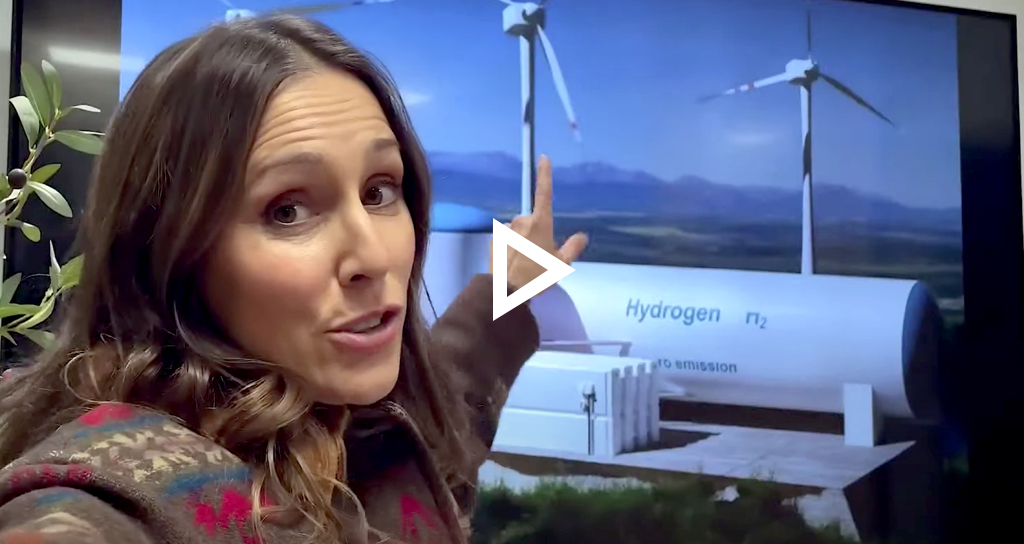(Estimated reading time:: 3,36 minutes) – Audio version of article available.
To achieve net zero emissions by 2050, technology is, and will be, an absolutely essential element. The good news is that we already have many different options, and many others are under development.
With renewable energies, wind and solar generation now have solid footing. They are growing at the fast pace of 50% per year and are also less expensive power sources practically everywhere around the world, according to Bloomberg New Energy Finance. However, progress continues to be made. Today, we are opening up new pathways for development in offshore wind. The ocean has fewer limitations in terms of transporting components for installation. For this reason, the newest offshore wind farms use wind turbines with more than double the power of those used on average on land. With good reason, by 2030, the annual capacity for offshore wind installations could exceed wind farms on land. It is estimated that this will supply 14% of the European Union’s demand for electricity.

Another technology with huge potential and importance is electric energy storage. When incorporated into the electric grid, storage systems like reversible hydroelectric plants, batteries, hydrogen, and gravity storage guarantee power supply during peaks in demand that can arise throughout the year. In Spain, for example, there are many options to install hydraulic pump storage in pre-existing dams.
Buildings, which are responsible for over one out of every three tonnes of CO2 emitted to the atmosphere in the European Union, also have critical technologies to reduce emissions. Using hot and cold air pumps with renewable energies will not only reduce emissions and increase energy independence from gas; it will also enable us to meet the growing needs for cooling caused by the progressive rise in temperatures, especially in summer.
Technologies to reduce emissions in certain industries will play a crucial role. In this vein, steel manufacture with hydrogen generated by renewable energies is beginning to gain in strength in Europe, with the first prototype plants now in existence.
The use of information and communication technologies will be essential for energy savings and efficiency, because it will endow citizens with greater decision-making capacity and capacity for action in purchasing and managing their energy. Particularly, the use of artificial intelligence will provide great energy savings in buildings. This is the case in the Hospital San Pedro, in Logroño,, where they managed to reduce electricity consumption by 10%, just by using data. These technologies can also help to promote the penetration of more sustainable mobility methods in cities, like public transport and electric transport, anddigital systems to avoidunnecessary trips.
In short, developing and adopting new technologies is essential to reach climate change goals. But we need two other elements to accompany the technological change: political will, and economic incentives.
Comentar




